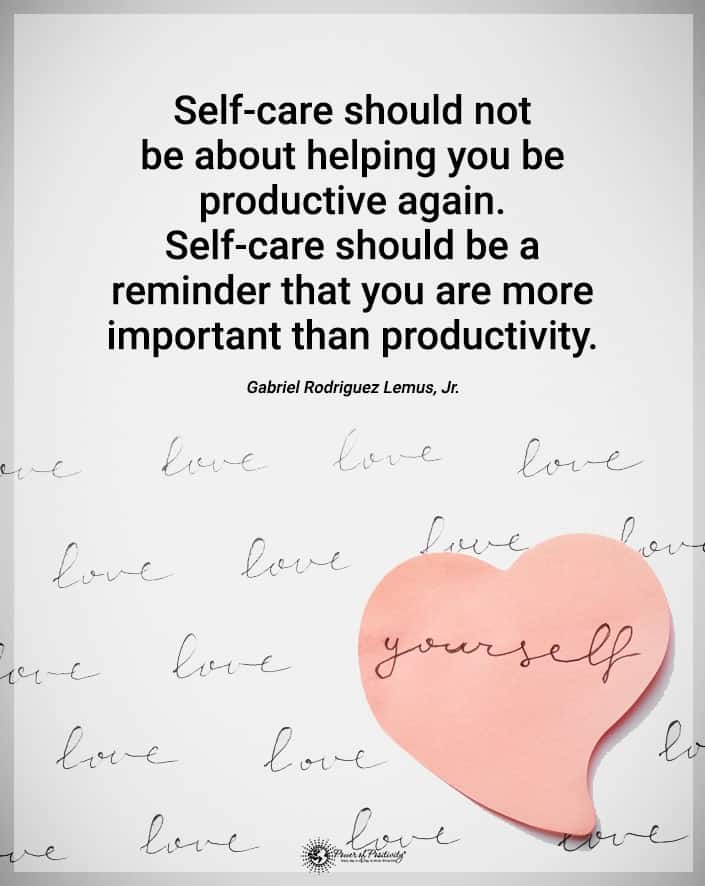When you were a child, you gave little thought to back pain. You could run, do cartwheels, and climb trees without a care in the world. However, as you began to age, your spinal health became more of a consideration.
Many people ruin their backs by not lifting correctly or lifting things too heavy for them to carry. Sadly, there are millions of people who suffer from back pain every day in this country. Many are permanently disabled because their pain is crippling.
You only get one back, and once you have slipped discs and herniation, it can diminish your quality of life. A bad back can cause you to miss out on social activities or spending time with your family. Even doing small things like running the vacuum cleaner can be a daunting task.
Did you know that according to the National Institute of Neurological Disorders and Stroke, back-related problems are the number one cause of disabilities in America? Due to the risks involved, you must take care of your spinal column.
Ten Actionable Ways to Promote A Healthy Spine
 Taking care of your spine doesn’t have to be a difficult task. The easiest way you can improve your back is to use better body mechanics. By merely altering the way you move and your overall wellbeing, you can protect your spinal health for years to come. Here are some easy ways to promote a healthy spine.
Taking care of your spine doesn’t have to be a difficult task. The easiest way you can improve your back is to use better body mechanics. By merely altering the way you move and your overall wellbeing, you can protect your spinal health for years to come. Here are some easy ways to promote a healthy spine.
1. Always Assume Good Posture
How many times did your parents tell you to sit up straight and don’t slouch? You probably let this common request go in one ear and out the other. However, now that you’re a bit older, you realize the reason why they wanted to make sure you sat tall.
Your back health is essential to your entire body. Perhaps, your parents had back issues or knew someone who suffered horribly from this type of pain. By sitting up straight, you train your spine. If you slumped and sit uncomfortably, it can cause neck and back pain, and it can do damage over time.
2. Do Daily Stretches To Improve Flexibility
Doing back and neck stretches are essential for good back health. One of the best ways to force things back into alignment is to roll your head in a clockwise motion three times, then stop and move your head the other way. When you maneuver your head in this manner, it will release tension in the muscles and help keep your vertebrae in their proper alignment.
Additionally, it would help if you utilized stretches to support your back and spine. One popular method is to use an exercise ball and roll yourself backward on it. The stretching also aligns your vertebrae and keeps back pain at bay. Just like any other muscle in the body, those in your back will tighten with stress, and you need to work out the kinks.
3. Avoid Sitting Too Long
If you have an office job or you love living the couch potato lifestyle, you could be doing massive amounts of damage to your back. When you stay in one position for extended periods, it will cause all your back and neck muscles to become tight.
Have you ever noticed that when you first get up after sitting for long periods, it takes a few minutes to work off the stiffness? From your neck to your knees, your entire body feels the pangs, so you should avoid sitting too long. To alleviate this discomfort, get up and walk around every hour or so.
4. Reduce Inflammation By Eating Healthy
If you want to keep your back healthy, then you need to consider your diet. Did you know that the foods you eat can contribute to unnecessary inflammation in your body? According to the Cleveland Clinic, the following foods can cause this issue:
•Sugar
•Trans fats
•Processed foods
•Red meat
•Omega 6s fatty acids
•Refined carbohydrates
If you want to keep inflammation at bay, then try avoiding or limiting these things from your diet.
 5. Lift Properly
5. Lift Properly
Did you know that there is a right and a wrong way to lift? If you raise an item the wrong way, then it can cause damage to your back. To lift something, do as follows:
•Start by getting as close to the object as possible.
•Don’t use your back or upper body to lift; instead, use your legs and knees.
•Bending the knees is essential because you want to keep your arms at the same height as the item.
•While lifting, make sure that your back is always straight, and your head should be pointed downward.
•Don’t be a hero! If the item is too heavy for you to lift without hurting yourself, then you need to ask for help.
6. Keep Your Weight at A Healthy Level
If you’re overweight or obese, then you’re at a higher risk of developing back pain. Anytime you have excessive weight or belly fat on your body, it puts undue stress on the tendons, ligaments, and muscular structures in this area.
Having a large stomach can pull on the vertebrae in your lower spine and cause intense pain if not permanent damage. You can fix this by losing at least 10 percent of your body weight, if not more.
7. Don’t Ignore Warning Signs
Spinal problems often come with warning signs. Now, you need to differentiate between common back pain and a severe problem. It’s normal for most people to get occasional back pain when they strain a muscle, but when the pain is chronic, then it’s a cause for concern.
It would help if you listened to what your body is trying to tell you. Many people just try to self-medicate without addressing the real issue. Self-medicating only masks the problem, and it doesn’t fix the issue. If any back pain lasts for more than a couple of days, then it needs to be evaluated.
8. Maintain an Active Lifestyle
A sedentary lifestyle is the worst thing you can do to your back. Not only does it increase the chances of you gaining weight, but it can increase your risks of having a back issue. You must do full-body exercises like swimming, biking, walking, or cardio sessions at the gym.
When you keep your body moving, you’re helping to maintain a healthy back. When it comes to your back and neck, you need to do things like aerobics, stretching, and strength training to keep it in top shape.
9. Stay Hydrated
You wouldn’t think that being hydrated would be necessary to your back, but your fluid intake is essential for the soft tissues’ elasticity. Each joint depends on water to maintain a level of fluidity. The discs in your back can lose water, and when this occurs, it makes you more susceptible to slipped or degenerative disc disease.
Sadly, without the proper fluid levels, your disks can even become so brittle that they rupture. Sciatica is one of the most common types of back pain, and it’s often caused by a bulging disk, according to the Cleveland Clinic. Sciatica pain can be intense and put you down for the count.
10. Get Proper Amounts of Rest
How can your sleep affect your back? Well, you need plenty of rest to repair cell damage that occurs during the day, but you also need to make sure you sleep in the proper position to keep back pain at bay. Do you sleep on your stomach, back, or side?
The best position to sleep in for spine health is on your side. When you sleep on your stomach, it puts a great deal of strain on your chest as your airways are compromised as well, and you’re at a higher risk of developing sleep apnea. Your position is essential, as well as your pillow.
You need to invest in a good pillow that keeps your back and neck properly aligned as you rest, which can prevent waking in pain. Good posture when you sleep is just as important as when you’re awake.
 Final Thoughts on Spinal Health
Final Thoughts on Spinal Health
Your spine’s health occurs from a complicated relationship of mobility, steadiness, strength, and endurance. Many muscle groups in this region contribute to your overall back health. While many people want to emphasize their chest and abs as they’re the muscles most seen, the back muscles are essential for structural integrity.
It’s time to get concerned about your back health, and you need to be incorporating things like stretching into your daily workout routine. When it comes to your job, sitting is one of the worst things you can do for your back.
You need to get up and move periodically to keep your muscles from becoming stiff. Most important is that you listen to your body and what it’s telling you. Don’t try to self-medicate pains away as you may be trying to mask a severe underlying issue. Without a healthy spine, you cannot walk, sit up straight, or do most of the things you love.

















